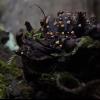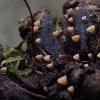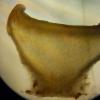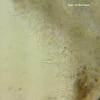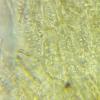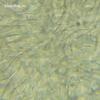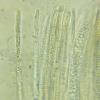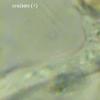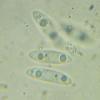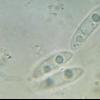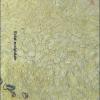
18-11-2025 13:59
Nogueira HéctorNovember 14, 2025 Brazuelo (León) SPAIN Hymenosc

17-11-2025 19:14
herman lambertApothécie discoïde 0.6 cm diam., orangeFace hym�

17-11-2025 21:57
Philippe PELLICIERBonjour,Récolté sur bois de feuillu mort dur, no

16-11-2025 21:09
 Robin Isaksson
Robin Isaksson
Anyone recognize this acc. to pictures.? Found on

17-11-2025 21:46
Philippe PELLICIERBonjour,Récolté sur bois pourrissant de feuillu

14-11-2025 16:26
 Marian Jagers
Marian Jagers
Hello everyone, On dead wood of Cytisus scoparius

15-11-2025 23:22
Mario FilippaHello,this is what I think to be Hymenoscyphus mac

15-11-2025 20:25
 Riet van Oosten
Riet van Oosten
Hello, Found by Laurens van der Linde, Nov. 2025

14-11-2025 18:31
 Lothar Krieglsteiner
Lothar Krieglsteiner
Hello,can somebody provide me with a file of:Rothe
A few very young fruiting bodies grew on a pine cone. I found only one fruiting body with mature spores already present. Microscopic structure and substrate similar to H. lutescens. But I don't like the content of the spores.
There are two regular drops in each. Besides, the paraphyses content in Lugol does not turn red as in H. lutescens.
Porus reaction (+) bb
Spores: Me = 16 × 4.3 µm; Qe = 3.8
16.19 4.25
14.93 4.80
19.15 4.73
16.01 4.27
14.29 3.98
15.21 3.60
In spite of such a substrate and the appearance of spores, can this collection be classified as H. lutescens ??
Mirek

I recently found Hymenoscyphus epiphyllus on Alnus cones ... tomorrow I will try to insert photos.

Everything indicates that you are absolutely right.
I will not post photos of the new collection but I will try to explain what aroused my uncertainty. Watching H. epiphylus always saw in ectal ex. a narrow strip of cells of an oval shape. While examining these fruiting bodies, I didn't notice such cells, but probably due to the very young age of the fruiting bodies? Also, the dimensions of the spores are quite small for this species, but as I mentioned: the fruiting bodies are very poorly mature!
Today I found another collection growing on needles and cones Picea abies.
best regards
Mirek

Thank you!
Mirek
